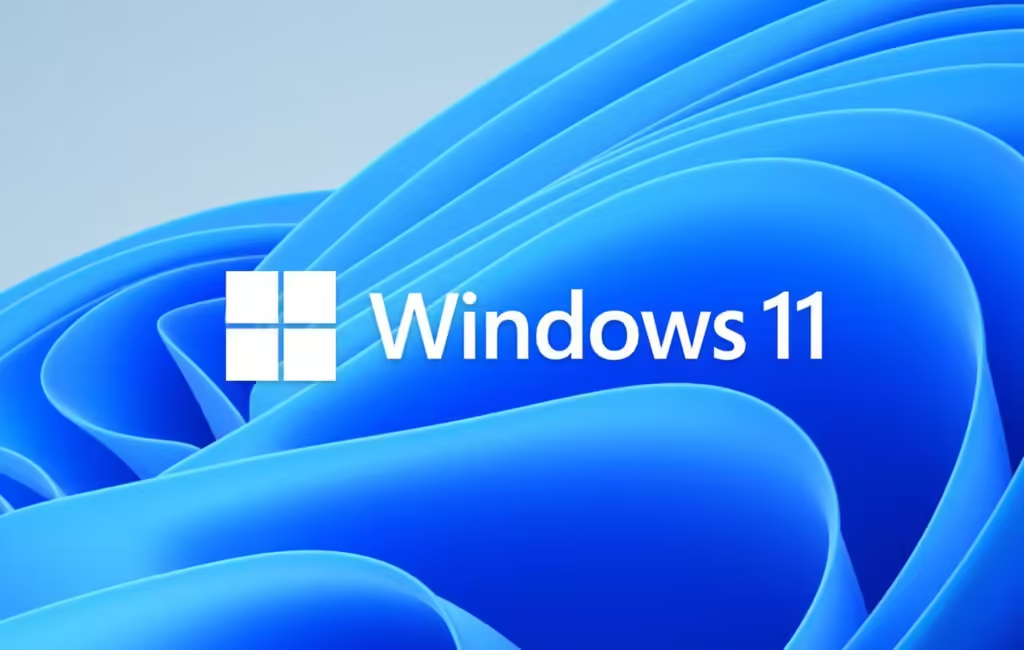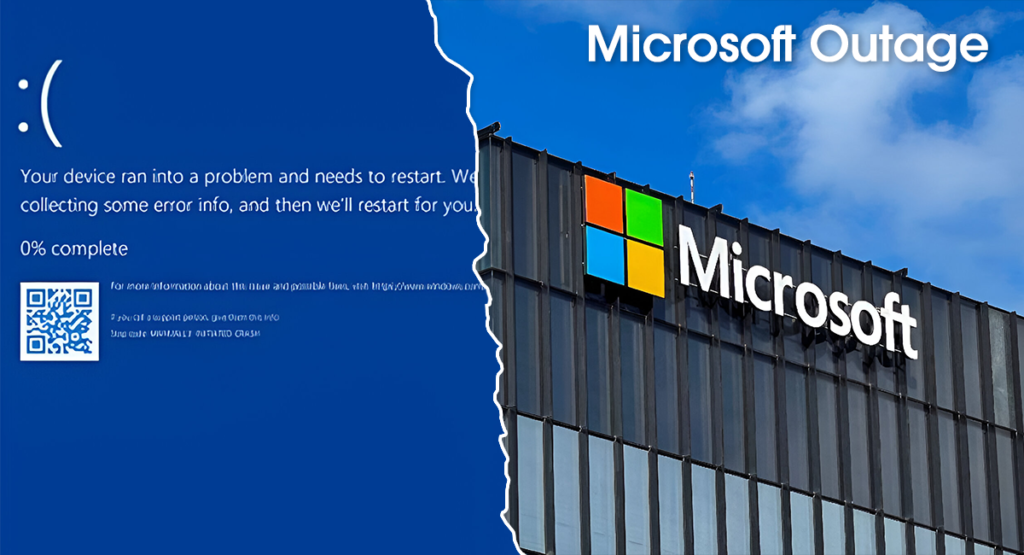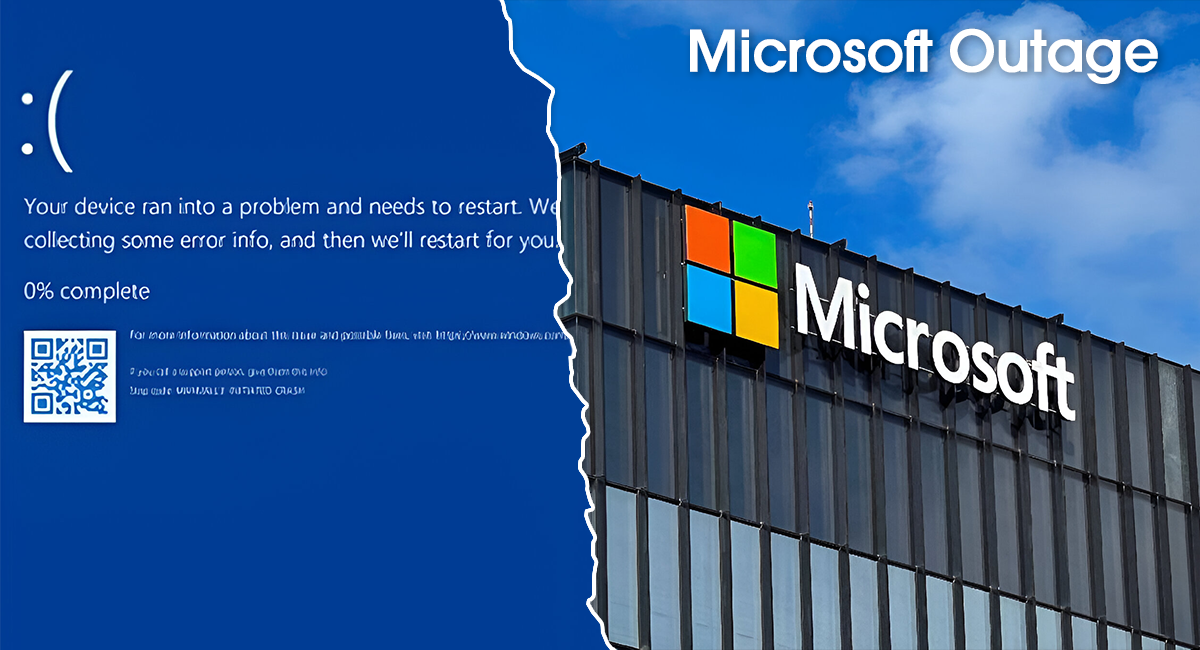The worldwide digital landscape has been sent into a tizzy with the huge outage of Microsoft services, affecting millions of users. This paper looks in detail at the incident, its far-flung impacts, and recovery efforts.

Knowing the Microsoft Outage
A mighty tech giant which makes services that are powerful and reliable has been hit by an unanticipated fault and its customers globally hurried to find an alternative way of getting access to the services. The breakdown impacted various services such as Microsoft 365, Azure, Teams ecetera.
The Scope of the Disruption
From their inability to occasionally log in to logging in at all, users have reported anything. This not only isolated businesses relying on its ecosystem for their daily activities but also individual users.
Immediate Effects on Users and Businesses
As services went down, many organizations faced operational difficulties. With so much reliance previously put into Teams and Office 365 for remote work, it came to near standstill. Businesses were experiencing delays and disruption in communication, project management, and even access to data.
Technical Glitches Behind the Outage
Technical failures have caused this outage. Preliminary investigations indicate that it was a fault in network configurations, which later escalated and cascaded into a system-wide failure.
Network Configuration Errors
According to experts, changes that were done to the configuration of the network disrupted connectivity between Microsoft’s data centers—thereby creating a chain reaction that caused far-flung server interruptions.

Communication with the User
Microsoft did a great amount of proactive communication that helped manage the situation. It kept users updated on social media, official blogs, and support pages about how recovery efforts were going.
Technical Steps towards Restoration of Services
Service restoration involved rolling back the problematic configurations, after which a series of system checks were executed for stability assurance. Microsoft engineers worked around the clock to mitigate the issue and get services back online.
Significance of Redundancy
Probably the largest takeaway would be that, in many cases, redundancy is needed. Multiple failsafes can help mitigate a single point of failure from causing significant disruption through a large outage. Crisis Communication Communication during crisis situations is key. The perception of the user is that Microsoft kept them informed about progress, which helped manage expectations and retained trust. Future Outlook of Microsoft Services In the future, Microsoft will be looking to implement new strategies that might not let such outages occur again. This situation is difficult but shows how the company stands for constant improvement. Strengthening Infrastructure Microsoft’s main concerns are going to lie in enhancing the resilience of their infrastructure. This would involve upgrading network configurations and increasing capacity to handle unexpected loads.
The outage was primarily caused by network configuration errors that disrupted connectivity between data centers.
The outage impacted multiple services including Microsoft 365, Azure, Teams, and other cloud-based services.
The duration varied for different services, but most were restored within a few hours, with ongoing efforts to ensure complete recovery.
Microsoft used social media, blogs, and support pages to provide regular updates and communicate with users during the outage.
Conclusion
The recent Microsoft outage serves as a stark reminder of the digital world’s dependence on reliable tech services. While the incident caused significant disruptions, it also highlighted Microsoft’s resilience and commitment to restoring normalcy. As the company works towards preventing future outages, users can expect continuous improvements in service reliability and support.


